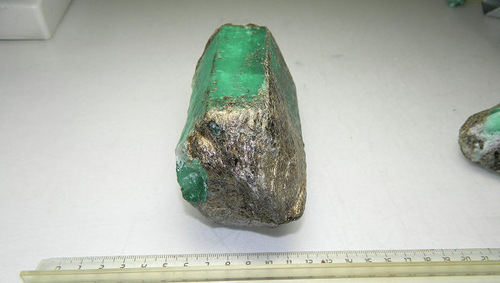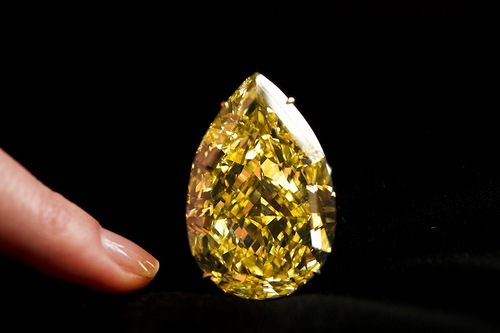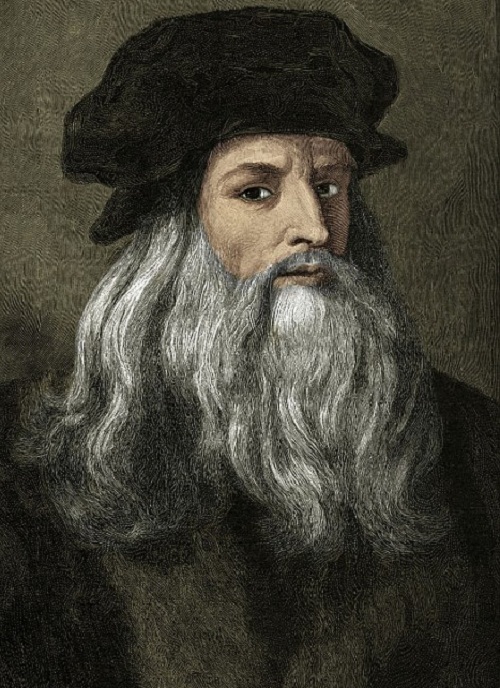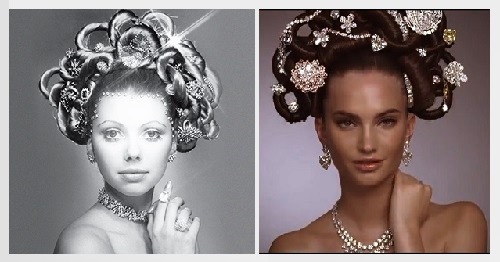Unique exhibition at Buckingham Palace

Her Majesty wears the Imperial State Crown and holds the Sovereign’s Scepter. Unique exhibition at Buckingham Palace
Unique exhibition at Buckingham Palace
Her Majesty wears the Imperial State Crown and holds the Sovereign’s Scepter. Meanwhile, both of them contain beautiful stones cut from the Cullinan Diamond (in this picture from her Coronation). Stunning jewels created from the largest diamond ever found – collected together in public for the first time. A unique exhibition at Buckingham Palace includes for example, a brooch containing gems weighing 94.4 carats. Also, 63.3 carats gems and another heart-shaped piece featuring an 18.8 carat jewel.

Crown Jewels: The two largest cuts from the Cullinan Diamond were set into the Sovereign’s Sceptre, left, and the Imperial State Crown, right
The Cullinan brooches
The Cullinan III and IV Brooch – displayed ahead of the ‘Diamonds: A Jubilee Celebration’ exhibition at Buckingham Palace on May 15, 2012 in London, England. The jewellery made from the Cullinan Diamond, the largest diamond ever found.
Cullinan III and IV Brooch. The third and fourth largest of the gems – a pear-shaped drop of 94.4 carats (III) and the cushion-shaped 63.3 carat IV. Oiginally placed by Queen Mary on her new crown in 1911. The stones were most often worn hooked together as a pendant brooch.
Cullinan VI and VII brooch. Many pieces of Royal jewellery created to be versatile. As well as the brooch, the 11.5 carat Cullinan VI appeared in a number of pieces including a diadem. Cullinan VIII can be set with the five other numbered Cullinan stones into a radiating platinum mount.
Cullinan V Brooch. This heart-shaped stone weighs 18.8 carats mounted in a fine radiating platinum web with a scrolling millegrain and pave-set border of brilliant diamonds. The mounting of the jewel designed to be as adaptable as possible and most often worn by Queen Mary (and now by The Queen) as a brooch.
Cullinan IX. The smallest of the nine stones, weighing 4.4 carats, set into a platinum ring for Queen Mary in 1911. The pear shape is known as a pendeloque and is mounted in an openwork 12-claw setting. Also inherited by The Queen in 1953.
The diamond cut to produce this Cullinan III and IV Brooch, commissioned by Queen Mary in 1911, and the Delhi Durbar Necklace and Cullinan Pendant. Weighing 3,106 carats in its rough state and measuring 4in by 2.5in by 2.12in, the Cullinan. Named after the chairman of the mining company, Thomas Cullinan – exceptional for its blue-white colour and purity. Soon after it was found, it went to Buckingham Palace for inspection by King Edward VII.
Dazzling collection
The Coronation necklace and earrings, worn by the Queen on her Coronation in 1953, the South Africa necklace and bracelet. In fact, a gift from the Government of South Africa to the then Princess Elizabeth on her 21st birthday. These gems, not cut from the Cullinan diamond, but will be among those displayed at Buckingham Palace this summer.
The stunning Cambridge and Delhi Durbar parure is a magnificent part of the Queen’s collection. Made form the Cambridge emeralds, inherited by Queen Mary, gifts of emeralds from the Delhi Durbar and cleavings form the Cullinan diamond. It symbolizes the combination of family fortune and public tribute that is the dynasty’s hallmark.
Photo in the gallery: 7th, 1953. Her Majesty Queen Elizabeth II, wearing the Imperial State Crown and Attired in her purple rose of hand-woven velvet with white ermine cape and trimming roses. Photo by Cecil Beaton. The throne room at Buckingham Palace, London, after her Coronation, June 2nd, 1953. In her left hand she holds the Ore, Emblem of Sovereign Power and in her right the Sceptre with Cross, ensign of Kingly Power and Justice. Serene, dignified, beautiful and wearing her magnificent Coronation robes and the Imperial State Crown. Here, too, are the glittering necklace and earrings she wore at her Coronation. The Queen sits in the Throne Room at Buckingham Palace.
Her Majesty is also wearing her Diamond Circlet or what the man in the street would call her Diamond Crown. She is wearing two Decorations called “The Personal Order of the Sovereign”. The top one is a Miniature Portrait of the Present King – His Personal Order and the lower one, a Miniature of King George V. which was His Personal Order. Queen Mary is also wearing the Third and Fourth lesser portions of the Star of Africa or Cullinan Diamond. Parts of the wonderful stone discovered by chance in the Premier Mine near Pretoria in 1905. (This stone bought by the Union Government of South Africa and presented to King Edward VII in 1907).
Unique exhibition at Buckingham Palace

The stunning Cambridge and Delhi Durbar parure is a magnificent partof the Queen’s collection. It is made form the cambridge emeralds, inherited by Queen Mary, gifts of emeralds from the Delhi Durbar and cleavings form the Cullinan diamond. It symbolises the combination of family fortune and public tribute that is the dynasty’s hallmark.

7th, 1953. Queen Elizabeth IIHer Majesty Queen Elizabeth II, wearing the Imperial State Crown and Attired in her purple rose of hand-woven velvet with white ermine cape and trimming, roses for this picture by Cecil Beaton the throne room at Buckingham Palace, London, AFter her Coronation, June 2nd, 1953.In her left hand she holds the Ore, Emblem of Sovereign Power and in her right the Sceptre with Cross, ensign of Kingly Power and Justice.Serene, dignified, beautiful and wearing her magnificent Coronation robes and the Imperial State Crown. Here, too, are the glittering necklace and earings she wore at her Coronation.The Queen sits in the Throne Room at Buckingham Palace.

Her Majesty is dressed in one of her beautiful gowns and wearing the Blue Sash of the Order of the Garter also The Star of the Order and Garter (on arm) of the same order.
Her Majesty is also wearing her Diamond Circlet or what the man in the street would call her Diamond Crown.
She is wearing two Decorations called “The Personal Order of the Sovereign”. The top one is a Miniature Portrait of the Present King – His Personal Order and the lower one, a Miniature of King George V. which was His Personal Order. These are sometimes called Family Orders.
Queen Mary is also wearing the Third and Fourth lesser portions of the Star of Africa or Cullinan Diamond parts of the wonderful stone discovered by chance in the Premier Mine near Pretoria in 1905. (This stone was bought by the Union Government of South Africa and presented to King Edward VII in 1907

She has worn the Imperial State Crown throughout her 60-year reign on occasions such as the state opening of parliament

Joseph Asscher makes the first cut into the Cullinan Diamond in February 1908 – the first blow broke the knife

Passed down the generations: The Queen as a child, with her mother who wore the Imperial State Crown before her, and her grandmother Queen Mary who can be seen wearing one of the Cullinan Diamonds as a brooch
dailymail.co.uk/femail/article-2144720

















